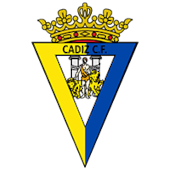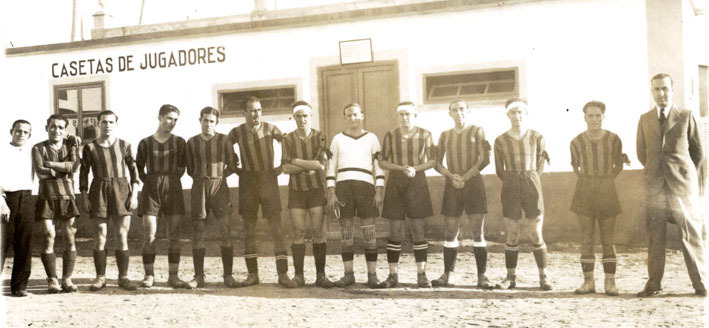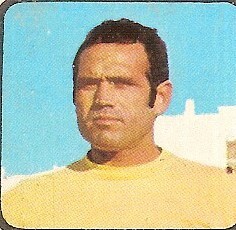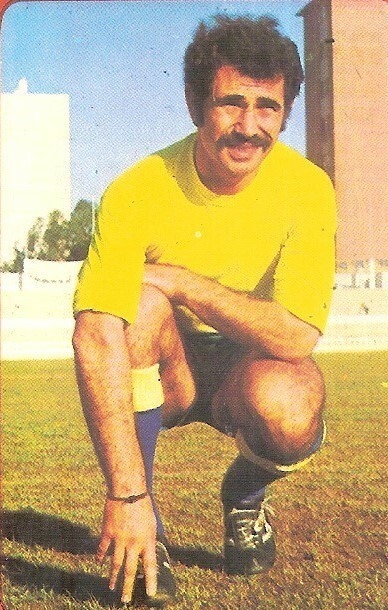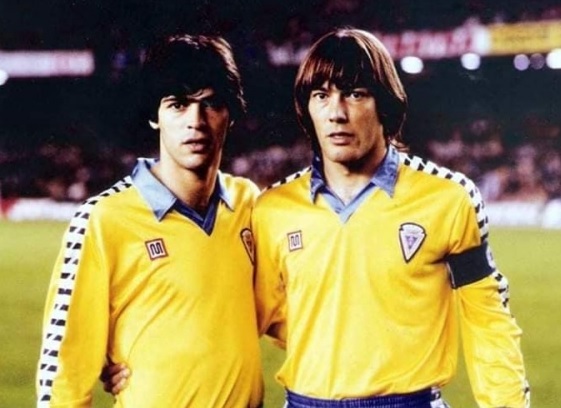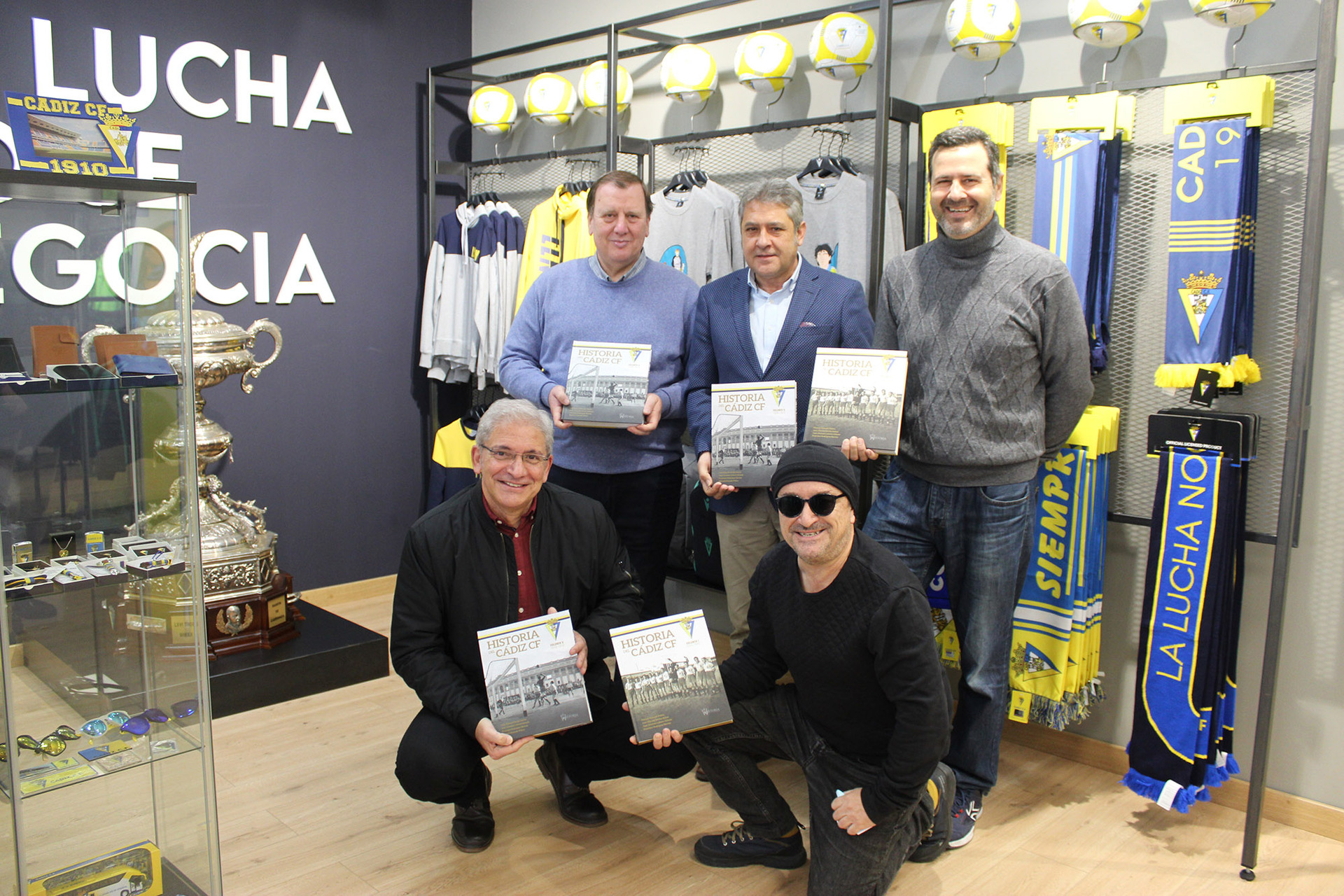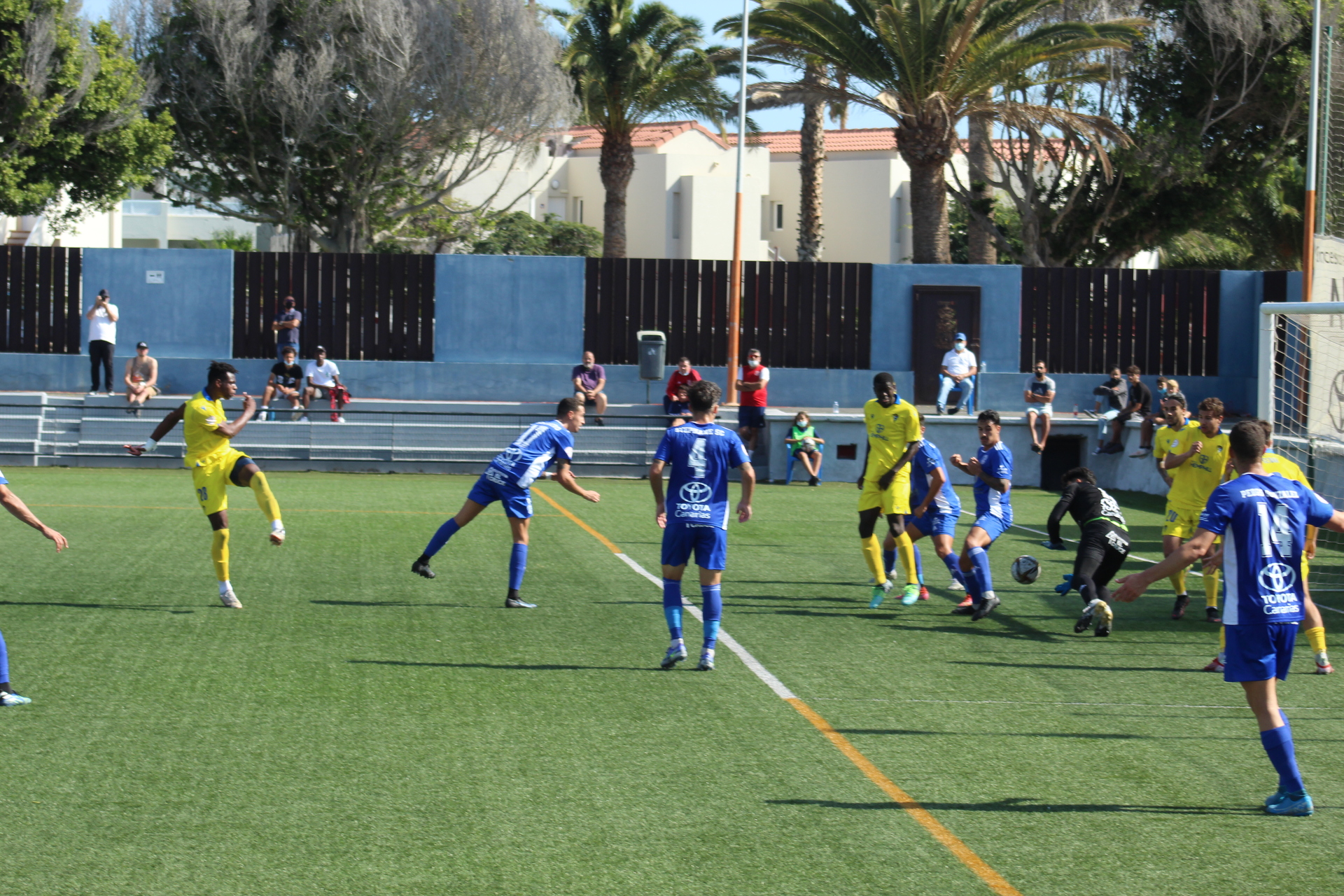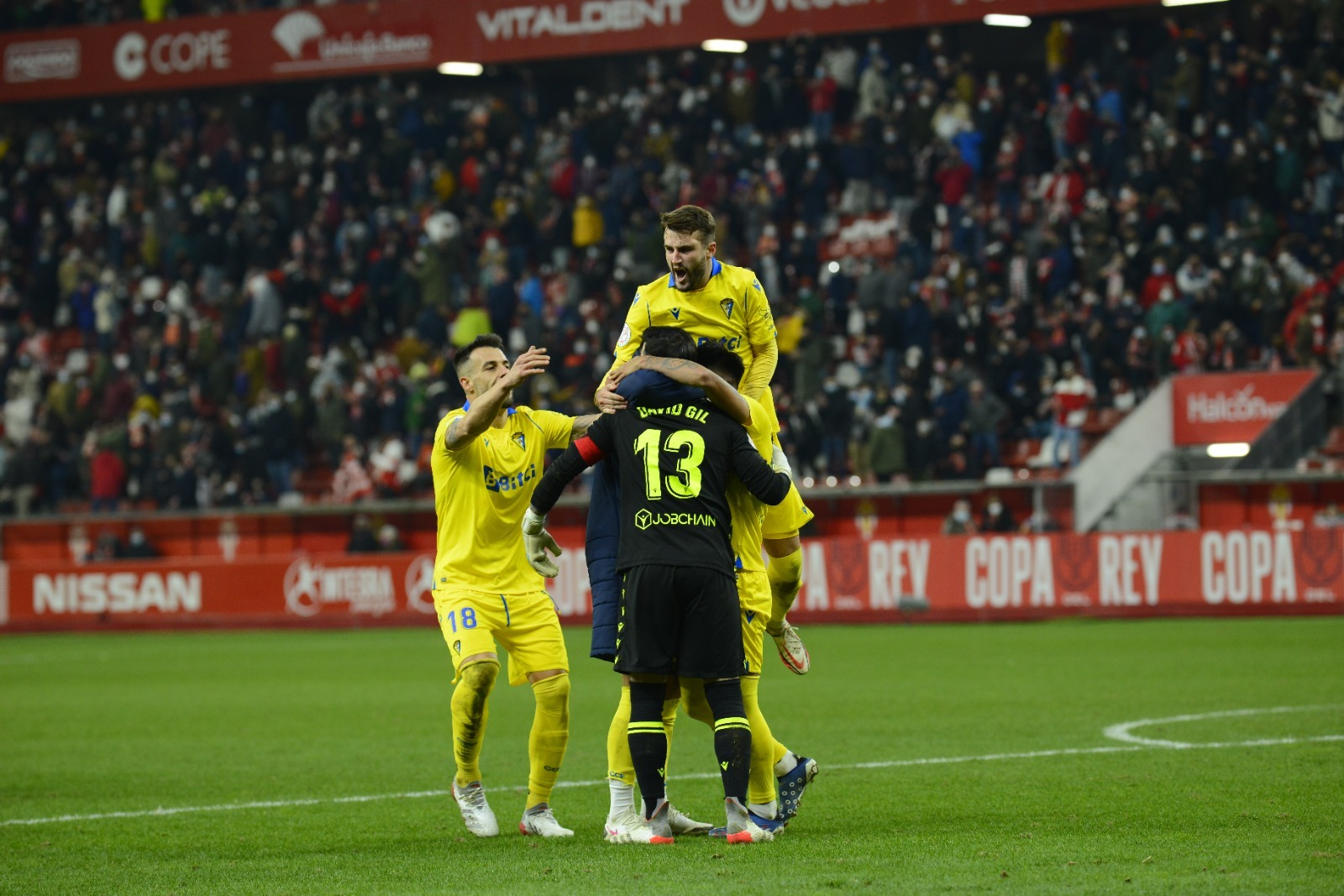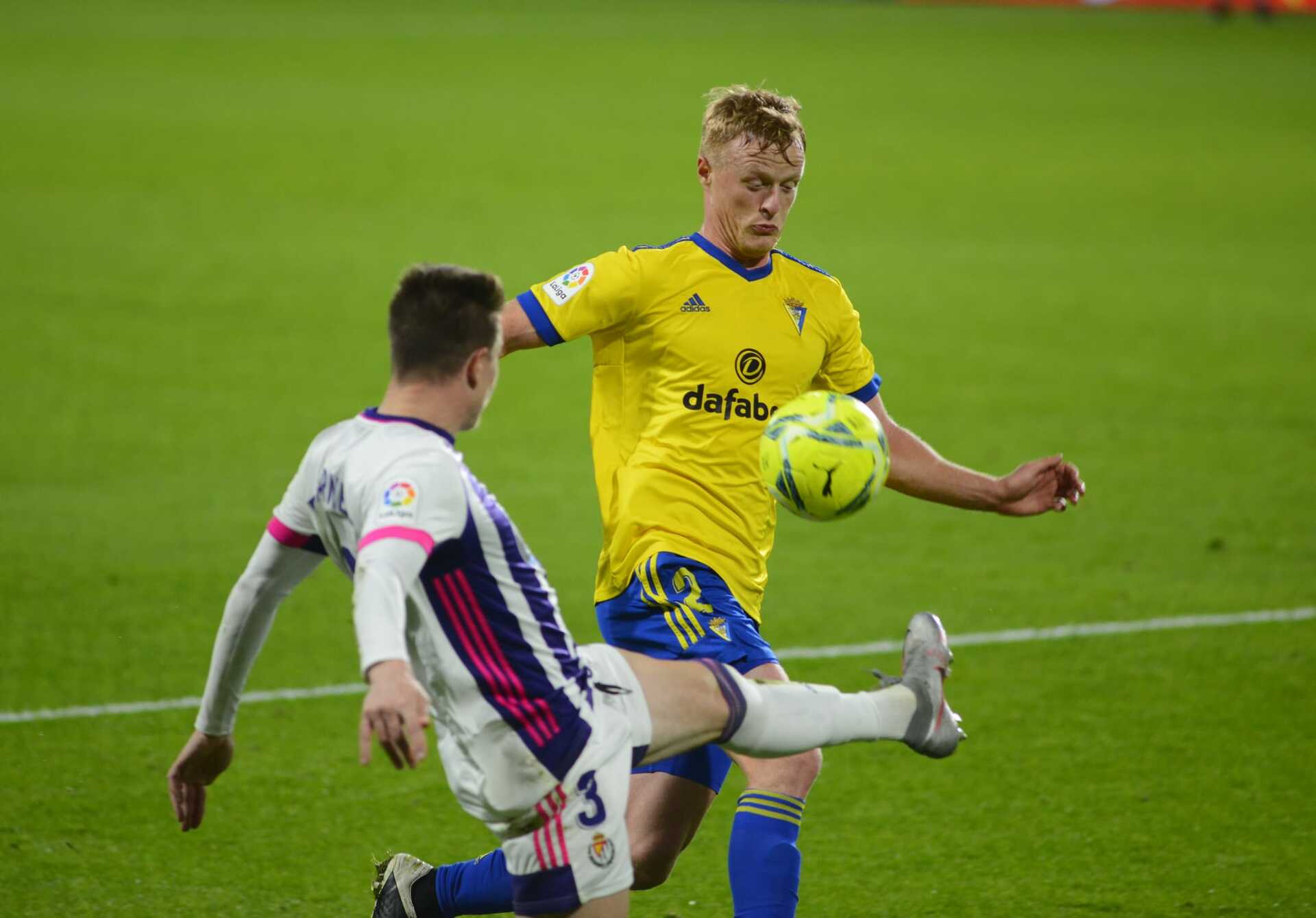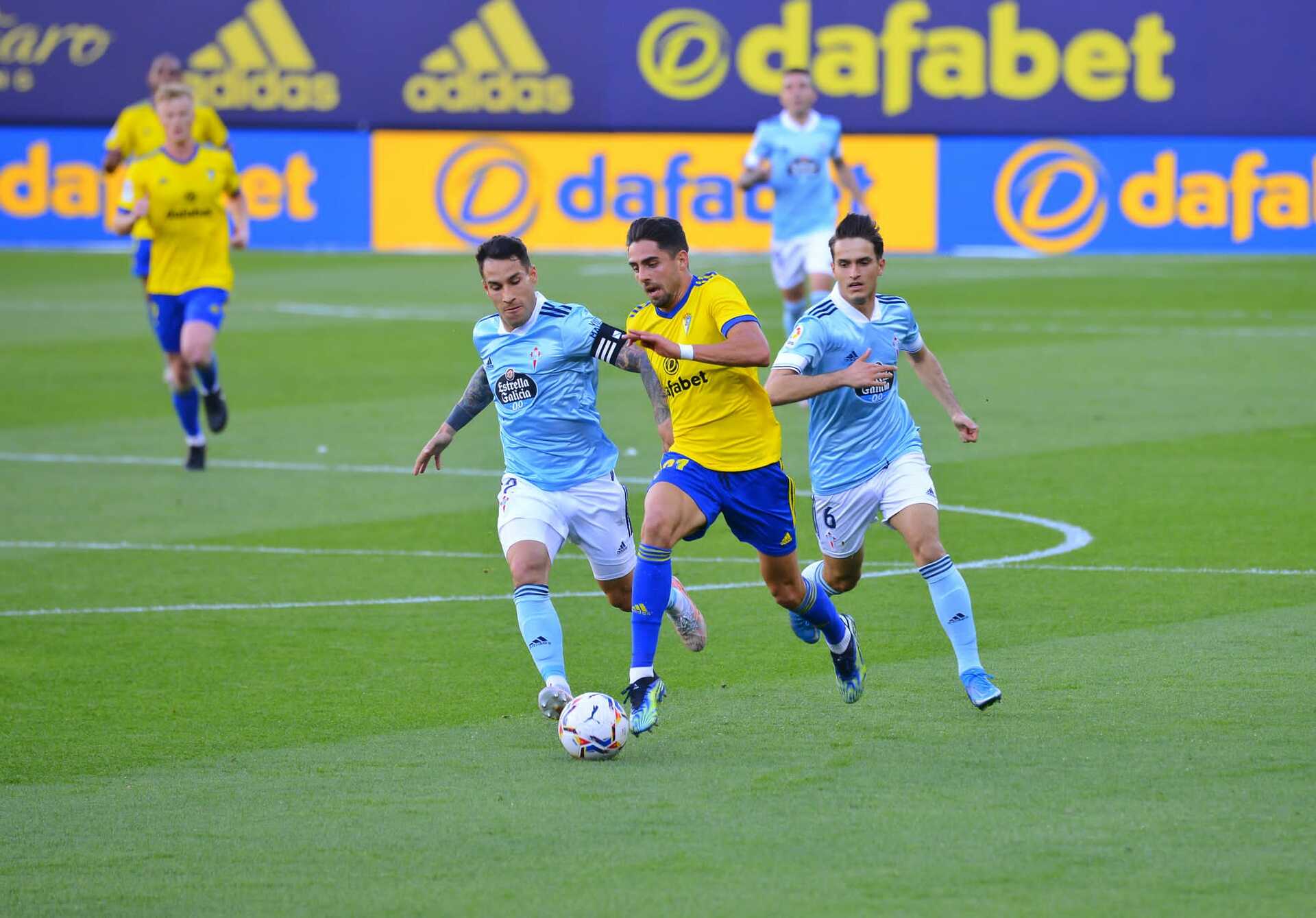The Campo de Deportes Mirandilla was the home ground of Cádiz CF for 22 years, from 1933 to 1955. Some of the most venerable Cadistas, such as Alejandro Acedo, hold a wealth of memories of that old pitch.
The definitive step for Mirandilla FC to become Cádiz CF took place in 1933 when the brand-new Campo de Deportes Mirandilla was constructed in the Avenida Ana de Viya, next to the bullring. It became a landmark in the city to the extent that it came to be known simply as “the stadium”, given that until then the grounds that had existed had been little more than fenced-off patches of land, like the Hipódromo or the Velódromo, or built within a privately owned venue like the Polígono de Tiro.
The new ground, the “stadium,” was a walled facility. It had a porticoed main entrance that opened onto the street as well as dressing rooms, an infirmary, bathrooms, administrative offices and even a concierge, a position held for many years by Manolo Bueno, who had been an extraordinary goalkeeper for the team. Mirandilla had a capacity of 7,000 spectators, and seating on both sides of the pitch with the remainder being made up of terraces for spectators to stand. Later seating was installed at both ends of the ground and those on the sides were raised up. The distinguishing feature of the stadium was the scoreboard, installed after the Civil War, consisting of two large lightbulbs that displayed the score. The pitch stretched from the sea front up to the street.
Alejandro Acedo is a library of memories from that era, when he was a child: “I remember I always went with my father, walking from Cádiz, a walk with a lot of excitement going on, although there were also people who took the tram or even a horse-drawn carriage.”
Alejandro’s recollections vividly capture the life and customs of the mid-1950s: “As soon as you entered the stadium there was a man with a table of oranges, very small ones, that he would sell in fours. My father would give me three and he would eat only one. There was no water fountain and games usually kicked off at 3pm so on hot days there was a man with a can of water on his back who carried two glasses on his belt where he would serve the water through a pipe. Everybody drank from the same two glasses, one after the other. He would give it a rinse and it was ready for the next person.”
Alejandro’s memories are hugely beneficial for an exact description of the stadium, given the original model for its construction, while still in existence, differs greatly from the reality.
“There were two different types of seat, general entry and preferential. The preferential seats were the most expensive and were located in the lateral stand in front of the bullring where the best seats were. General entry was the rest of the stands on the sides, the ends of the ground and the stand behind the bullring. The entrance behind the bullring was where the majority of us would go in, as the main entrance was reserved for the preferential spectators. There were several cement terraces, but good cement, although the stand that was next to the sea was made of wood. There were also terraces on the street side, but they were two small sections either side of the goal. It was from behind that goal that the players came out because that’s where the dressing rooms were. Behind the last row was a passageway, which would fill up with people standing.”
Alejandro also demystifies a few legends, such as people in the bullring being able to watch the games, as the timetables for the two practically never coincided. There are stories that cause him to chuckle, such as the number of balls that were kicked out of the stadium and how kids outside would crowd around to grab them to gain free access to the game. There were also those who would try and make off with a ball, but that was complicated by the mounted police patrolling outside the stadium above all to prevent people from sneaking in, as it was quite easy to make use of the wall supports to climb into the ground.
“Many afternoons, us kids would band together outside the stadium, on the esplanade where the bullring was, in the hope that Manolín [Manolín Bueno, who would go on to be a great player and was the son of Manolo Bueno, the concierge] would come out. We’d have a ball that had found its way onto the street and we’d play some good games of football there.”
Recollections, experiences and life lessons that are a treasure trove to document history through memory.
Manolo Granado, History Department, Cádiz CF.
